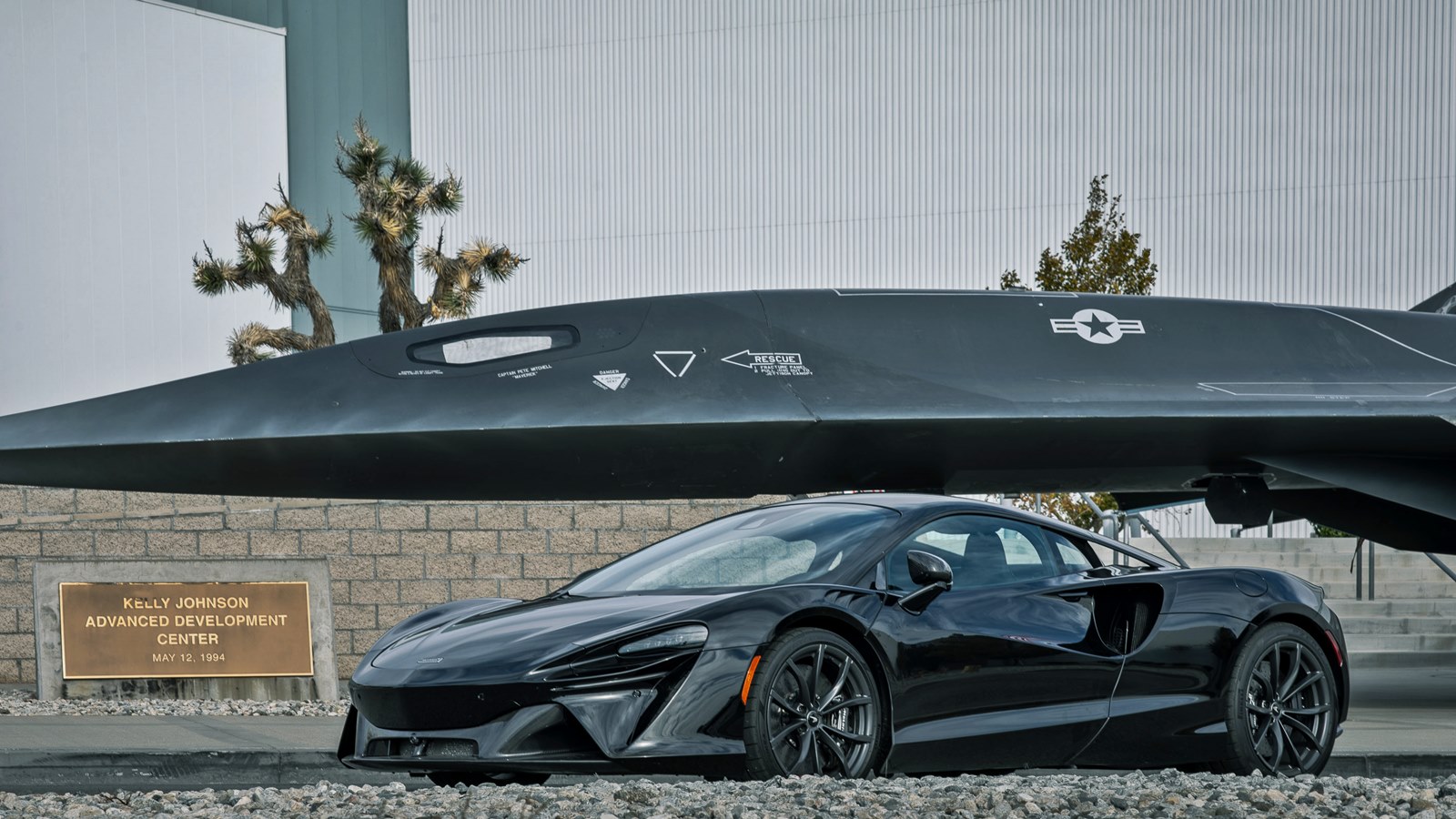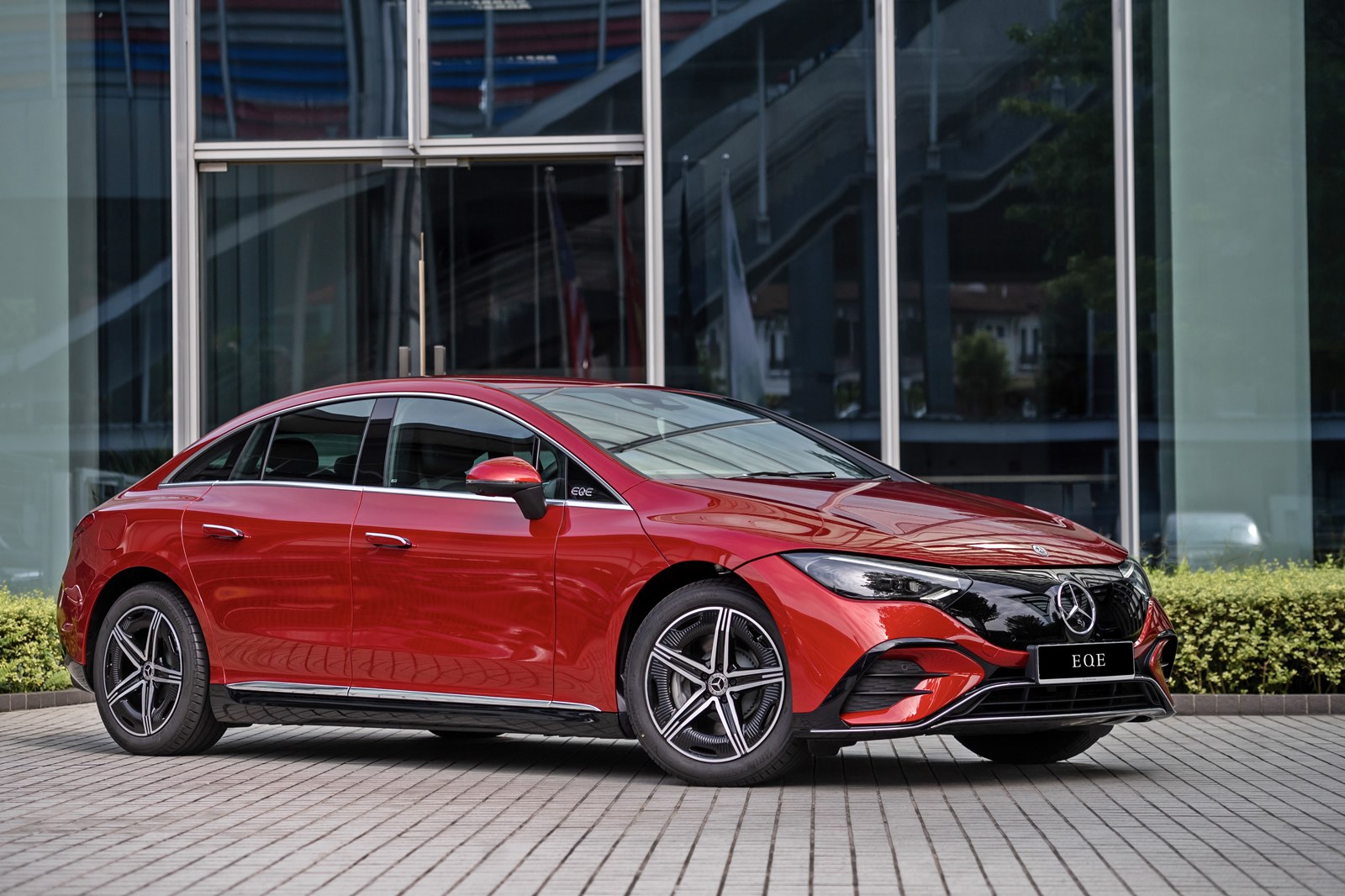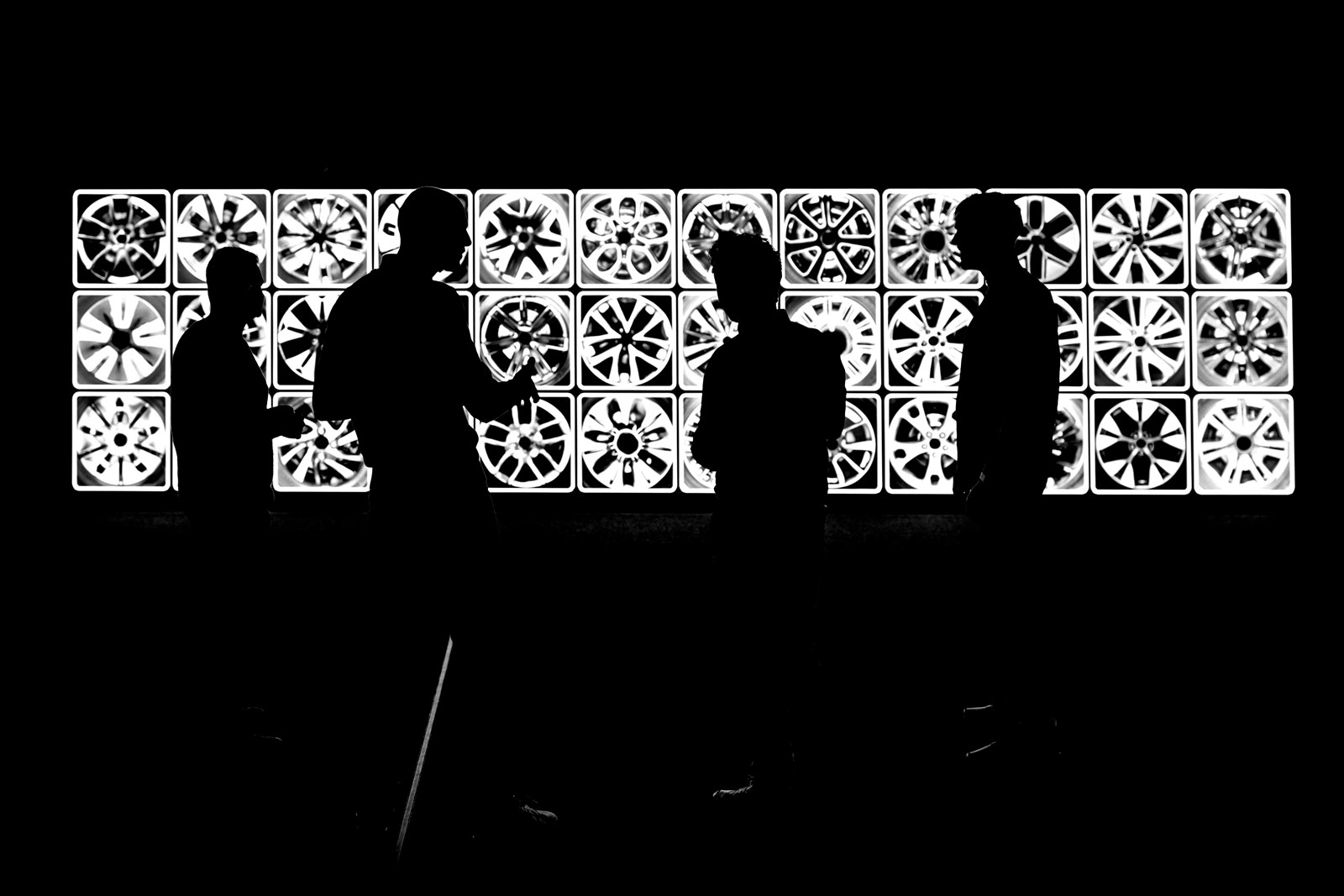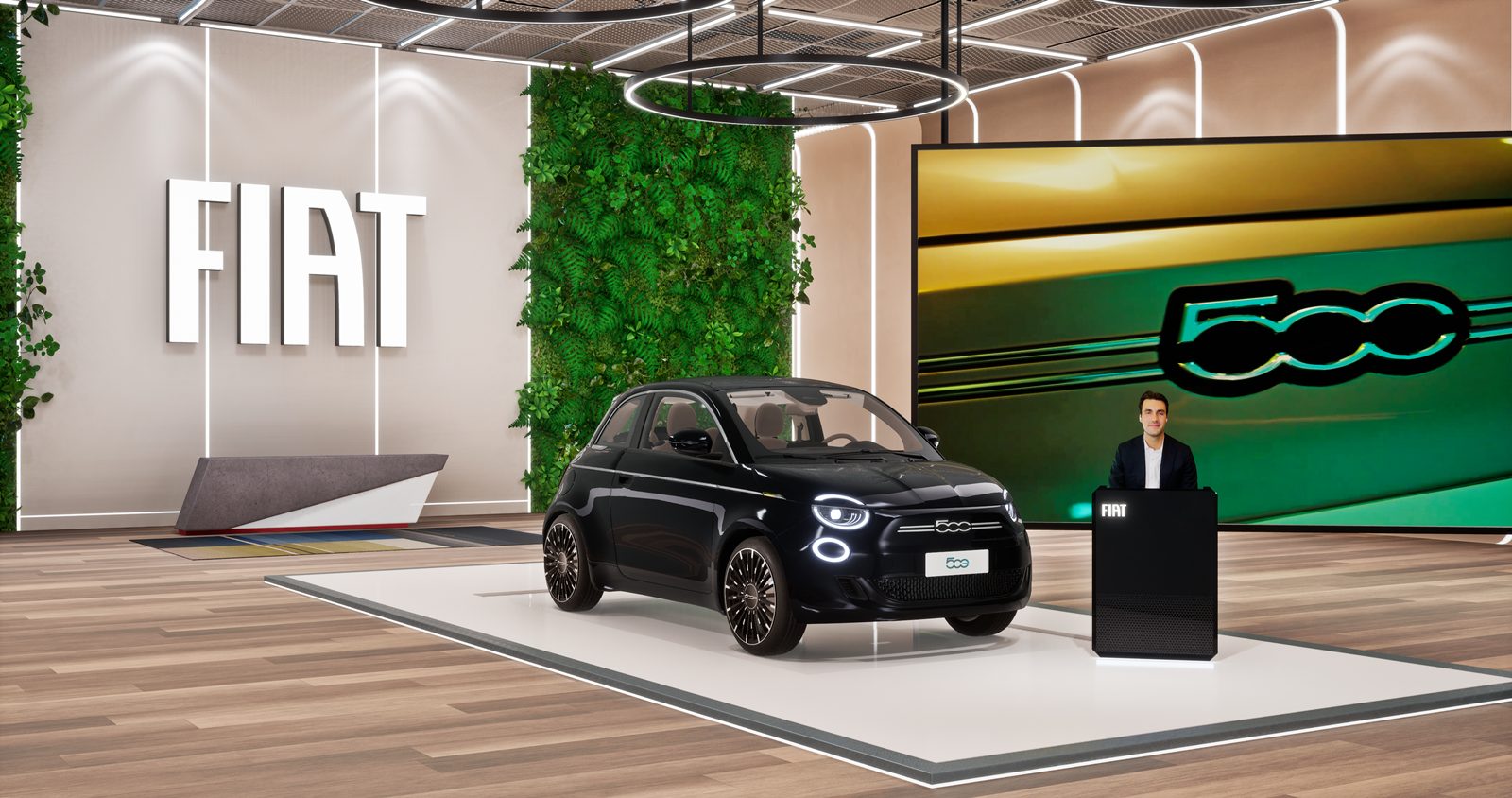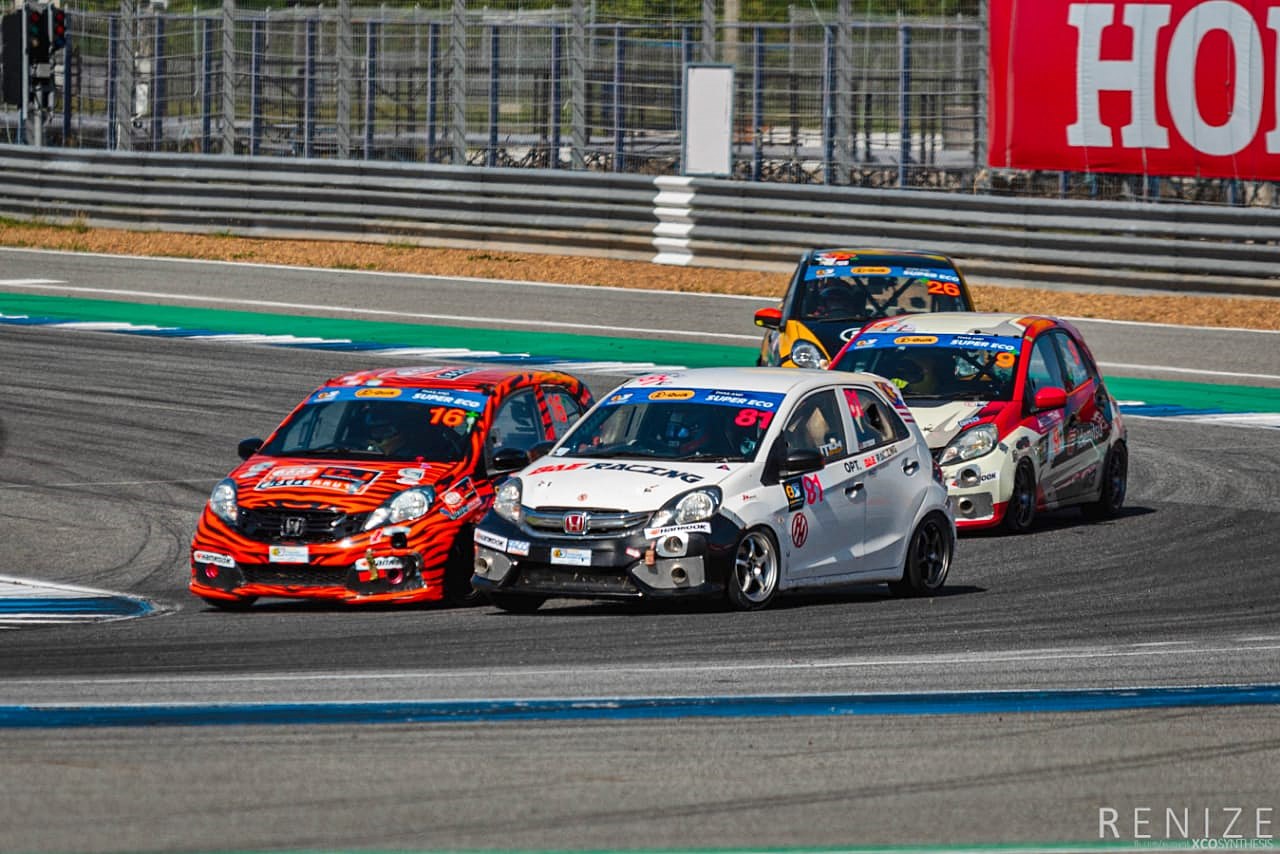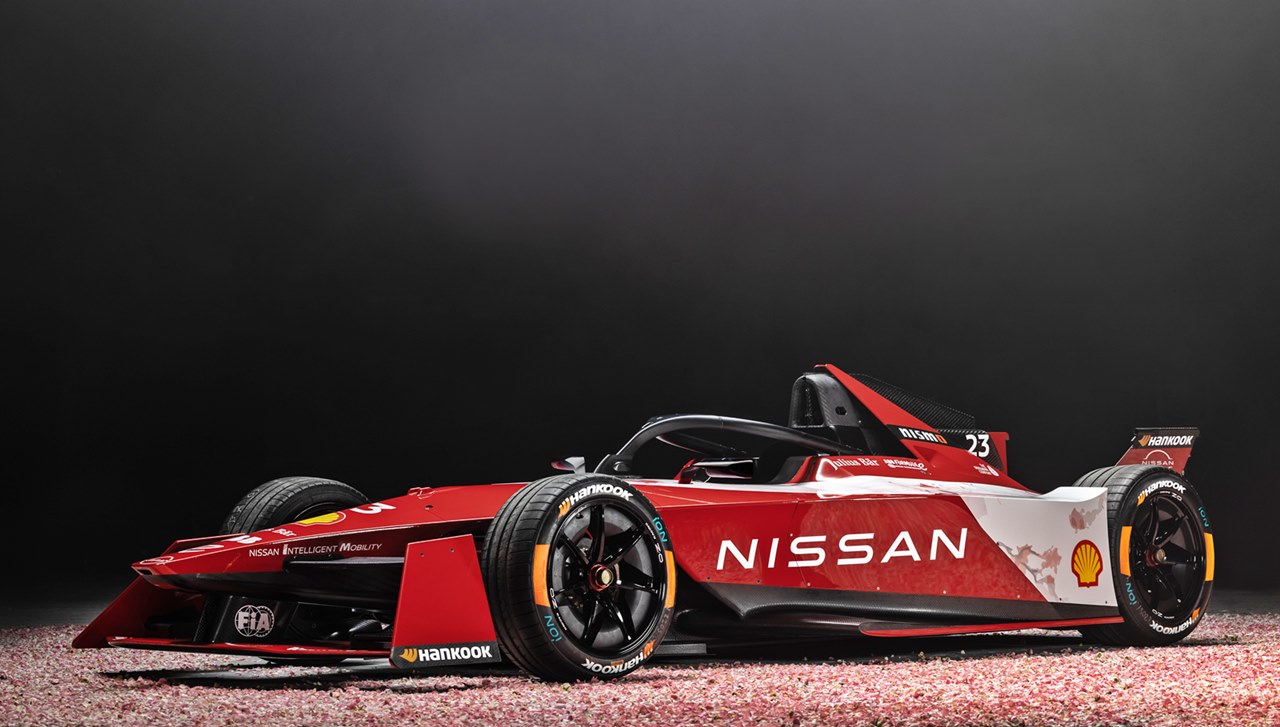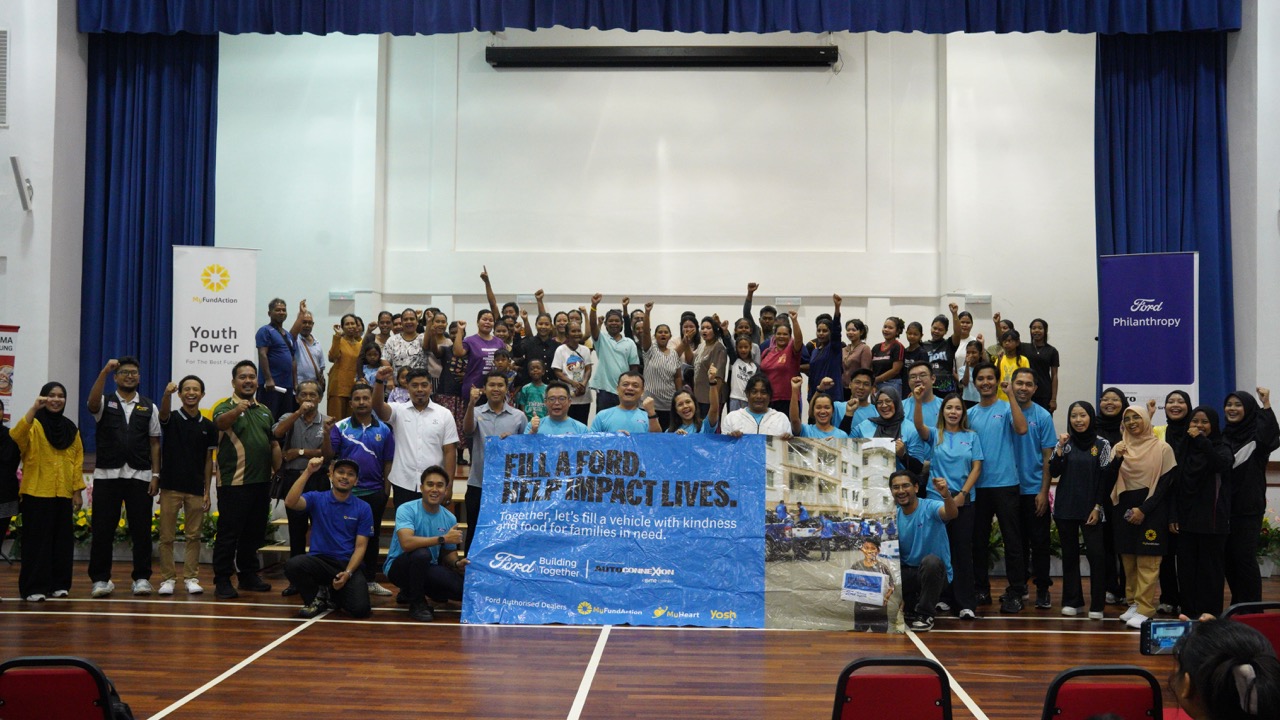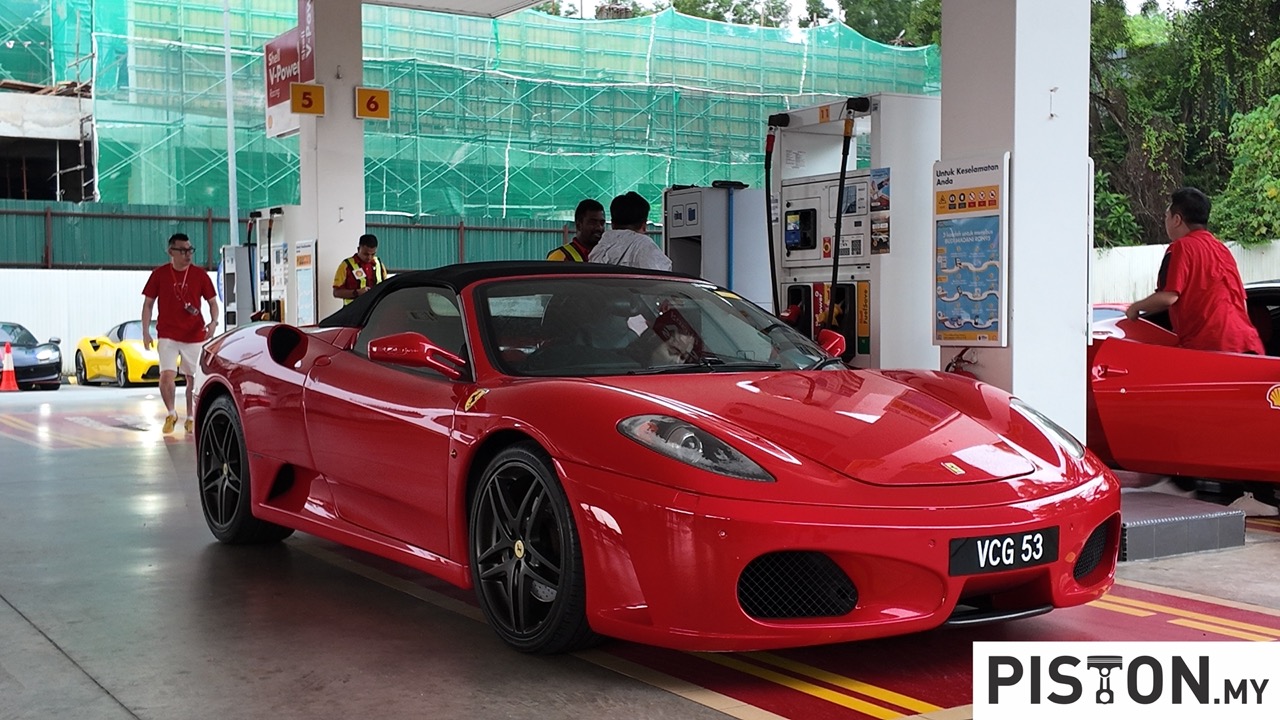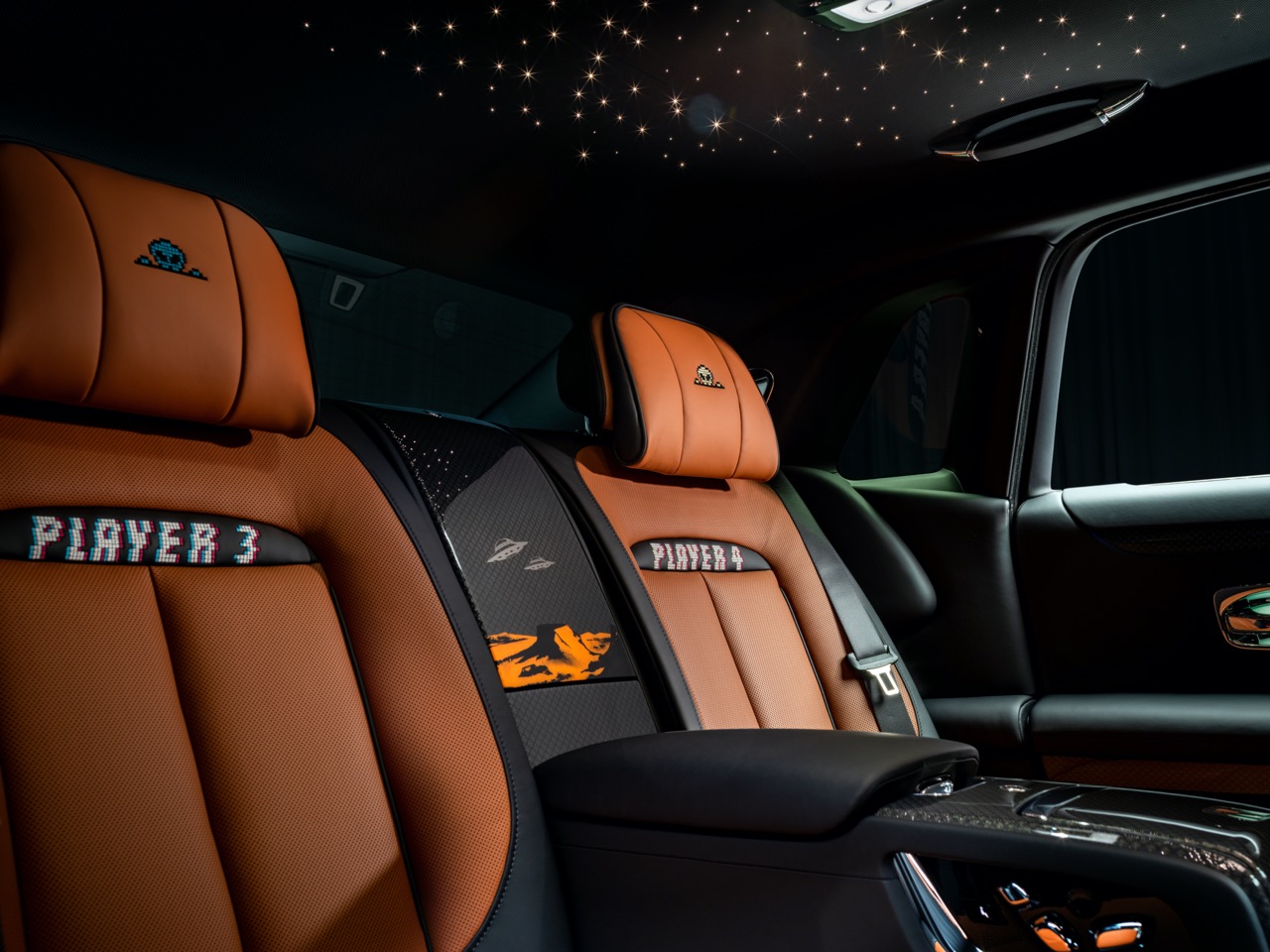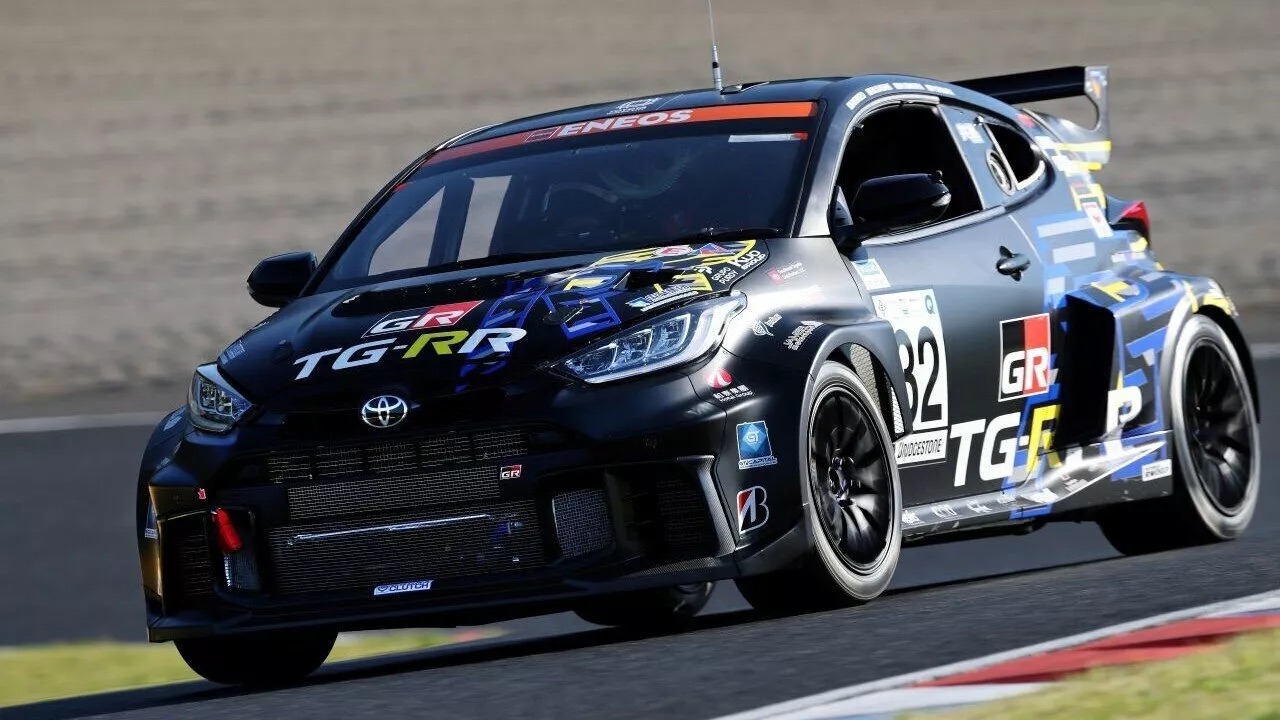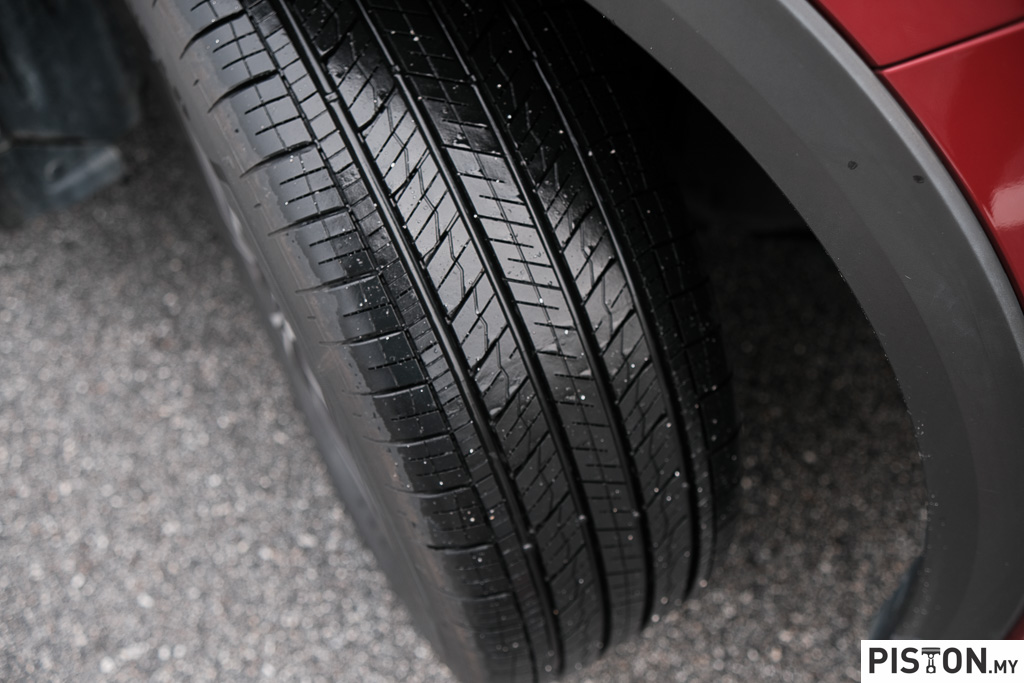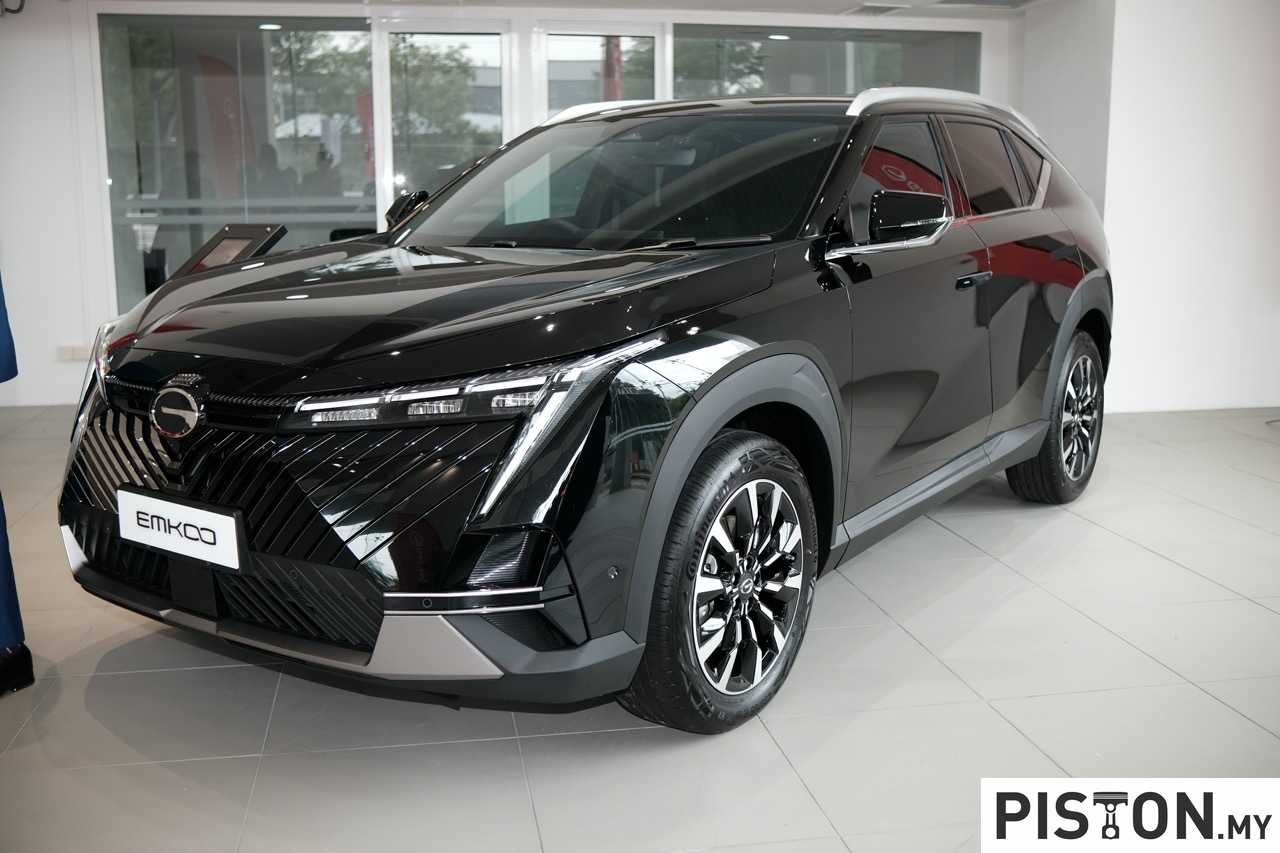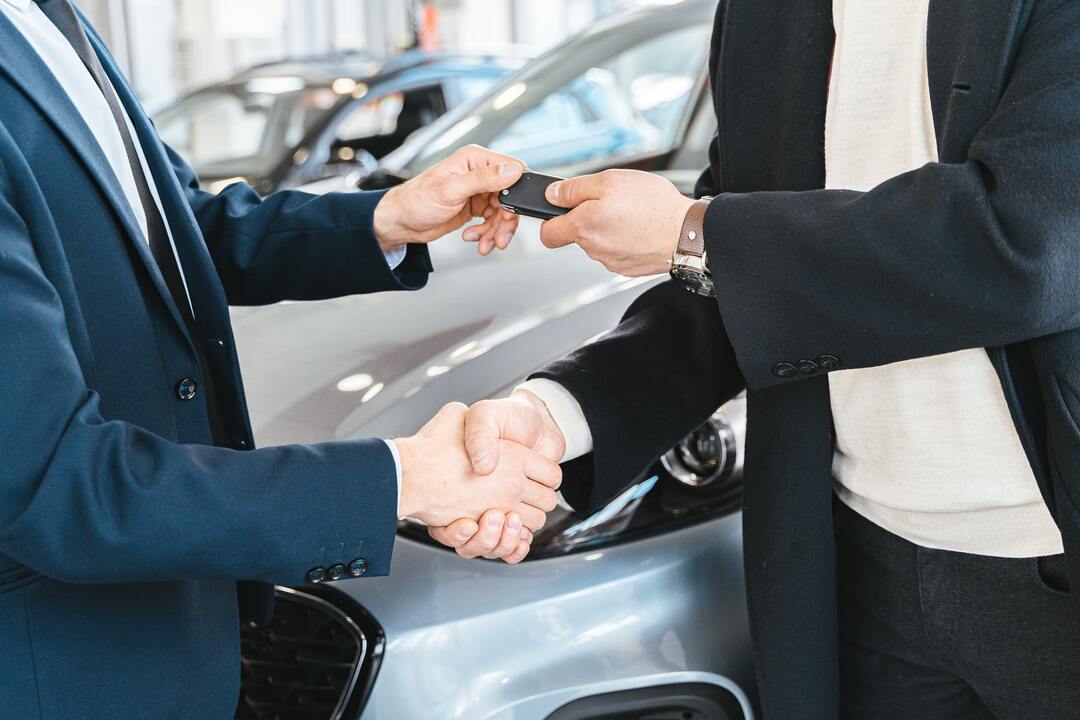McLaren Automotive will be collaborating with Lockheed Martin’s ‘Skunk Works’ to assess a futuristic design methodology. ‘Skunk Works’ is the nickname of the aerospace company’s advanced development projects division, which goes back to 1943, where aircraft like the twin-tail P-38 Lightning of World War II as well as the first Stealth Fighter were developed in secrecy.
McLaren’s collaboration project will focus on deploying a new Skunk Works design system, developed for the world of aviation, into the realms of high-performance, cutting-edge automotive supercar design.
(more…)


